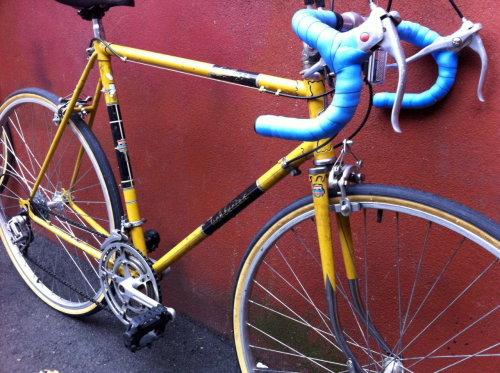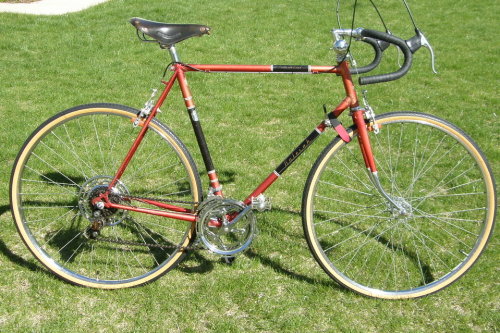Originally Posted by
TriBiker19
So does this mean that there are comparable Raleigh models to those early Centurions and Diamond backs, or once the split happened, the "new" company's models changed completely?
The bicycle industry is so competitive that for any given era and price point you can find comparable models for different brands. In the case of very early 1970s Raleigh and Centurion, there were marked differences in components given their sources but a decided similarity in graphics. This stemmed primarily from the similar sizes and locations of the contrasting panels but even extended to the font employed for the brand and model names. A knowledgeable cyclist could spot the differences but the initial graphic resemblance wass so strong that, even from a a relatively short distance, the average consumer could easily confuse a very early 1970s Centurion LeMans for a Raleigh Grand Prix. Within a few years time these cosmetic similarities would start to disappear, though the models would grow more similar in componentry, as Raleigh shifted from European to Japanese components.
Edit: Attached are pictures of a circa 1972 Centurion LeMans (yellow) and Raleigh Grand Prix (red). Initial impression to the average person is that they could be the same bicycle but in different colours. However, this is solely due to the graphics. Closer examination, reveals different components, lugs, frame features, etc.

